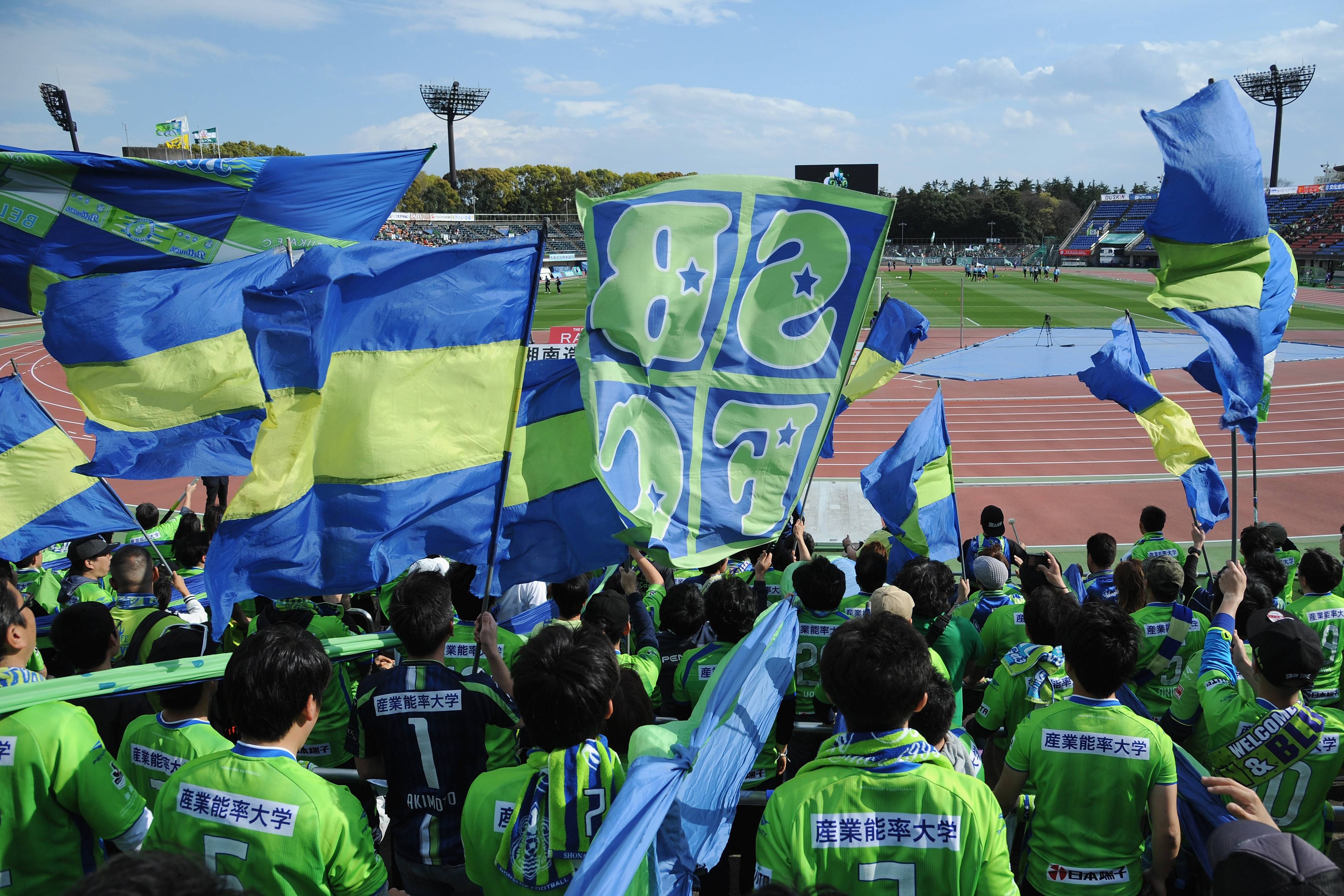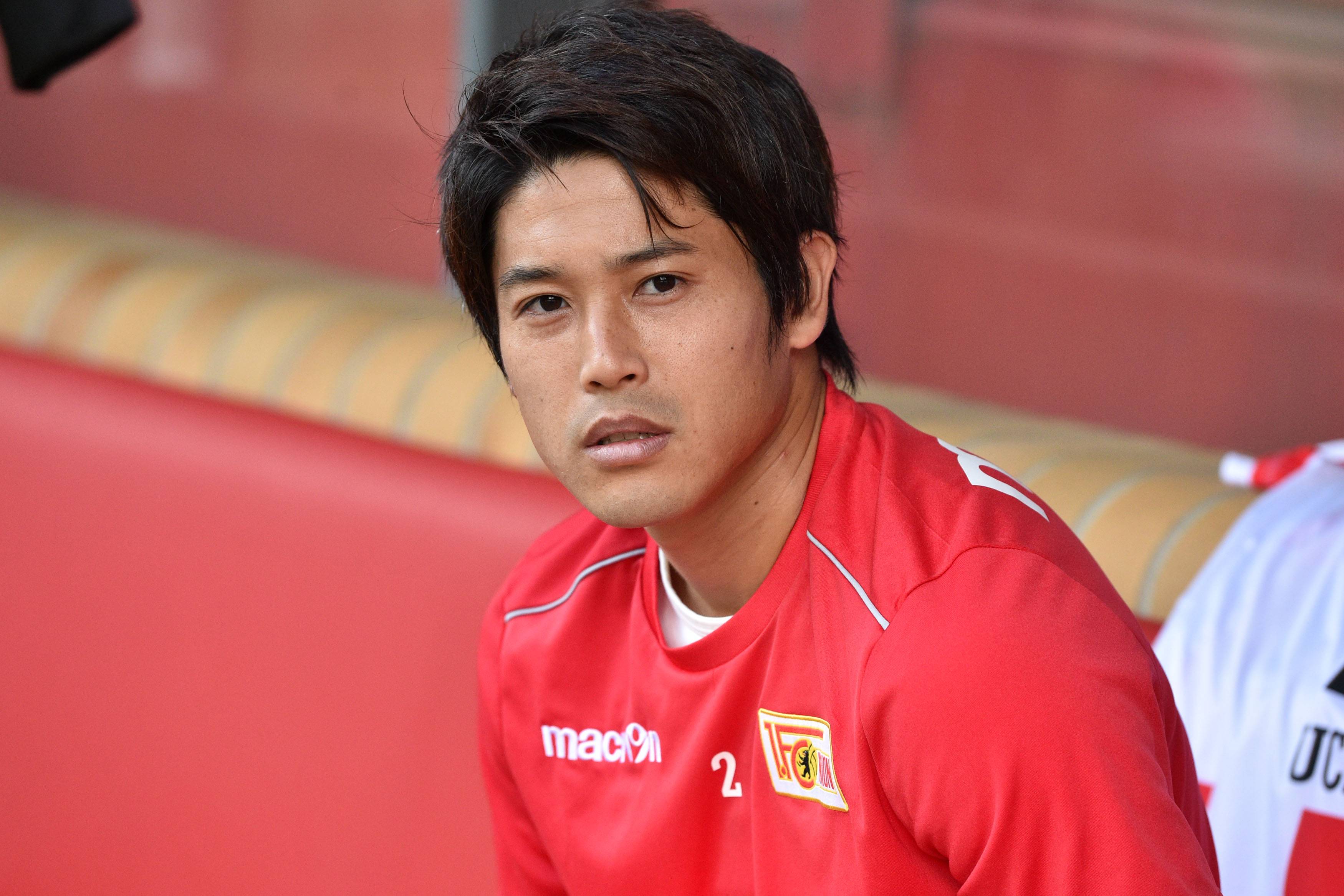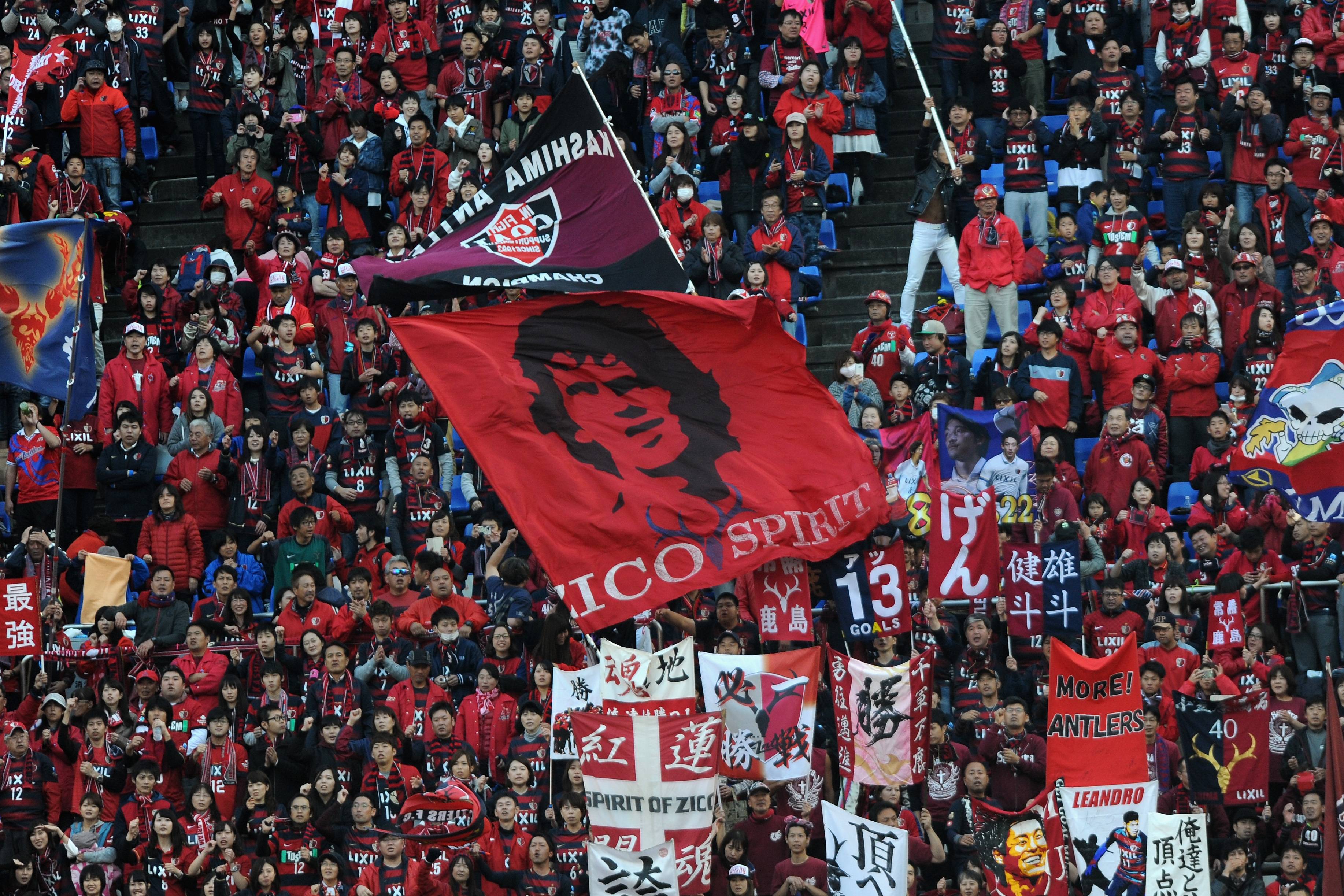
Before the season, most previews picked Kashima Antlers as J.League title favorites. With national team-quality players and plenty of depth at most positions, the championship was theirs to lose. But after two months the team has yet to click. Rather, the team’s struggles have put them on track for one of the worst seasons in club history.
Only twice have Kashima finished in the bottom half of the table: ninth place out of 16 clubs in 1999 and 11th out of 18 clubs in 2012. As of this writing they are in 12th, with 11 points and a far from impressive 3-2-4 record. It is worth remembering that were it not for two clear handball penalties against Sagan Tosu and Hokkaido Consadole Sapporo that went called, Kashima would be mired as low as the relegation zone.
This is not their worst-ever start: that came in 2001 when after nine rounds they were in 14th, three from the bottom, with only seven points. At the end of that year, however, they were celebrating the J1 title. They were in similarly dire straits in 2011 as well as 2012. These facts may be reassuring for Kashima supporters, but recent performances still do not show any sign of improvement. On the contrary, it seems the team is getting even worse.
The defence which started the season as one of the strongest in the league has committed too many mistakes, including three own goals in the last four matches with a tendency for scoring own goals – three in the last four matches, from Tomoya Inukai, Naomichi Ueda and Kento Misao. Gen Shoji, the main pillar of the back line, has played very well in some matches and is frequently selected as one of the best players from each round, but other times his errors have proved costly. The 25-year-old’s drop in reliability has potentially decreased his chances of getting a starting spot at the 2018 FIFA World Cup.
But the team’s biggest struggles are on offense. With only seven goals scored in nine matches, the average of 0.78 goals per game is by far Kashima’s worst ever. That’s on pace for just over half of the 41 goals the team scored in 30 matches in 2004, an average of 1.37 per game.
Yet it is not as if Kashima lack firepower. For instance, Mu Kanazaki and Yuma Suzuki actually did not play poorly in last saturday’s 4-1 loss at Kawasaki Frontale. Of course there was room to improve, especially inside the box, but they won most of their 1-on-1 duels; Suzuki won seven out of eight and Kanazaki won six out of eight, numbers not surpassed by any Frontale player. Ienaga came the closest with six out of nine duels won.
The main problem is that the team lacks organization. There is no fluidity upfront, and there is little support from midfielders as the team over-exploits long passes from the centre-backs. Manager Go Oiwa seems lost on what to do. He does not run his team through tactical training and could only watch Kawasaki Frontale outplay his players in virtually every aspect with one of the best displays of the season for the defending J1 champions.
It’s also worth remembering that eight players, almost an entire starting line-up, have been missing due to injury: Hitoshi Sogahata, Shuto Yamamoto, Koki Anzaki, Léo Silva, Leandro, Pedro Júnior, Yasushi Endo and Hiroki Abe. The fact that many of them were injured during training may be an indication that something is wrong with Oiwa’s methods.
While many supporters have called for an immediate manager change, the Antlers board have decided to stick with Oiwa a little longer. It seems as though club is doing the same as they did last year and waiting for elimination from the AFC Champions League before taking any drastic action, perhaps in the hope of another unlikely miracle as they experienced in 2016. But if nothing changes soon, Kashima Antlers’ ACL dream – as well as any hope for J.League success – may come to an end way sooner than expected.





